 |
 |
 |
 |
“One of the most ominous threats of global warming today is from rising sea levels, which can cause marine waters to inundate the land,” says the team’s co-leader, Queen’s graduate student Joshua Thienpont. “The threat is especially acute in polar regions, where shrinking sea ice increases the risk of storm surges.”
By studying growth rings from coastal shrubs and lake sediments in the Mackenzie Delta region of the Northwest Territories – the scene of a widespread and ecologically destructive storm surge in 1999 – the researchers have discovered that the impact of these salt-water surges is unprecedented in the 1,000-year history of the lake.
“This had been predicted by all the models and now we have empirical evidence,” says team co-leader Michael Pisaric, a geography professor at Carleton. The Inuvialuit, who live in the northwest Arctic, identified that a major surge had occurred in 1999, and assisted with field work.
The researchers studied the impact of salt water flooding on alder bushes along the coastline. More than half of the shrubs sampled were dead within a year of the 1999 surge, while an additional 37 per cent died within five years. A decade after the flood, the soils still contained high concentrations of salt. In addition, sediment core profiles from inland lakes revealed dramatic changes in the aquatic life – with a striking shift from fresh to salt-water species following the storm surge.
“Our findings show this is ecologically unprecedented over the last millennium,” says Queen’s biology professor and team member John Smol, Canada Research Chair in Environmental Change and winner of the 2004 NSERC Herzberg Gold Medal as Canada’s top scientist. “The Arctic is on the front line of climate change. It’s a bellwether of things to come: what affects the Arctic eventually will affect us all.”
Since nearly all Arctic indigenous communities are coastal, the damage from future surges could also have significant social impacts. The team predicts that sea ice cover, sea levels and the frequency and intensity of storms and marine storm surges will become more variable in the 21st century.
Other members of the team include Trevor Lantz from the University of Victoria, Steven Kokelj from Indian and Northern Affairs Canada, Steven Solomon from the Geological Survey of Canada and Queen’s undergraduate student Holly Nesbitt. Their findings are published in the prestigious international journal Proceedings of the National Academy of Sciences.
Funding for the research comes from the Natural Sciences and Engineering Research Council of Canada (NSERC), the Polar Continental Shelf Program, Cumulative Impact Monitoring Program, and Indian and Northern Affairs Canada.
PLEASE NOTE: A PDF copy of the study can be obtained from the Proceedings of the National Academy of Sciences, or contact Dr. John Smol at smolj@queensu.ca for a copy. High resolution images are available upon request.
Contacts:
Nancy Dorrance, 613--533--2869 nancy.dorrance@queensu.ca Queen’s University News and Media Services
Lin Moody, 613--520--2600, ext. 8705 lin_moody@carleton.ca Carleton University Department of University Communications
Attention broadcasters: Queen’s has facilities to provide broadcast quality audio and video feeds. For television interviews, we can provide a live, real-time double ender from Kingston via fibre optic cable. Please call for details.
NOTE: For high resolution JPEGS related to this paper, Click Here.
| Michael
Pisaric Carleton University Paleoecological Laboratory (CUPL) Department of Geography and Environmental Studies, Carleton University Ottawa, ON, Canada, K1S 5B6 Telephone: 613--520--2600 ext:2562 Email: michael_pisaric@carleton.ca |
| Joshua
Thienpont Paleoecological Environmental Assessment and Research Lab (PEARL) Department of Biology, Queen's University 116 Barrie St., Kingston, ON, Canada, K7L 3N6 Telephone: 613--533--6000 ext:77380 Email: joshua.thienpont@queensu.ca |
| Steven
Kokelj Renewable Resources and Environment, Indian and Northern Affairs Canada Box 1500 Northwest Territories Geoscience Office, Yellowknife, NT, Canada, X1A 2R3 Telephone: 867--669--2886 Email: Steve_Kokelj@gov.nt.ca |
| Holly
Nesbitt Paleoecological Environmental Assessment and Research Lab (PEARL) Department of Biology, Queen's University 116 Barrie St., Kingston, ON, Canada K7L 3N6 |
| Trevor Lantz School of Environmental Studies, University of Victoria PO Box 3060, Station CSC, Victoria, BC, Canada, V8W 3R4 Telephone: 778--430--3587 Email: tlantz@uvic.ca |
| Steven
Solomon Natural Resources Canada, Geological Survey of Canada (Atlantic) 1 Challenger Drive, Dartmouth, NS, Canada, B2Y 4A2 Telephone: 902--426--8911 Email: ssolomon@NRCan.gc.ca |
| John P. Smol Paleoecological Environmental Assessment and Research Lab (PEARL) Department of Biology, Queen's University 116 Barrie St. Kingston, ON, Canada, K7L 3N6 Telephone: 613--533--6147 Email: smolj@queensu.ca |

|